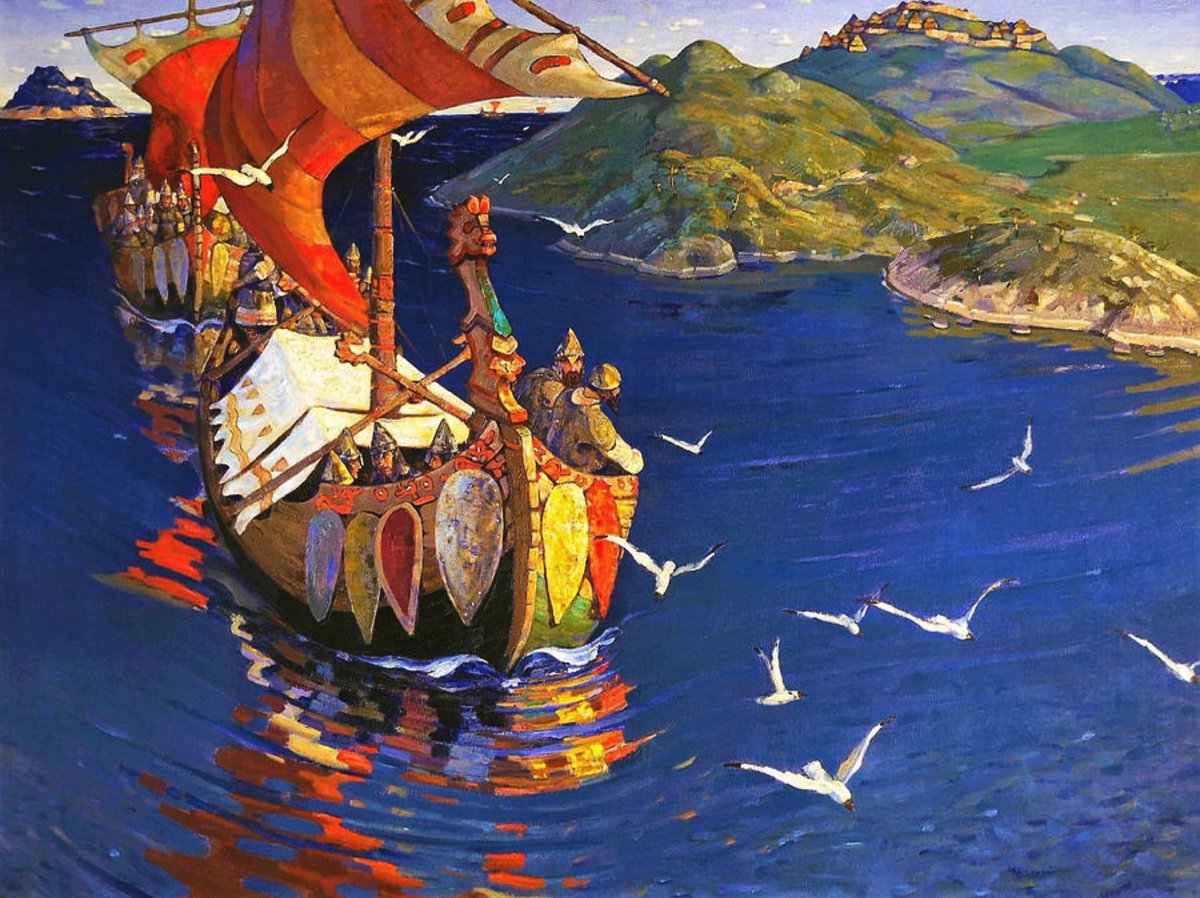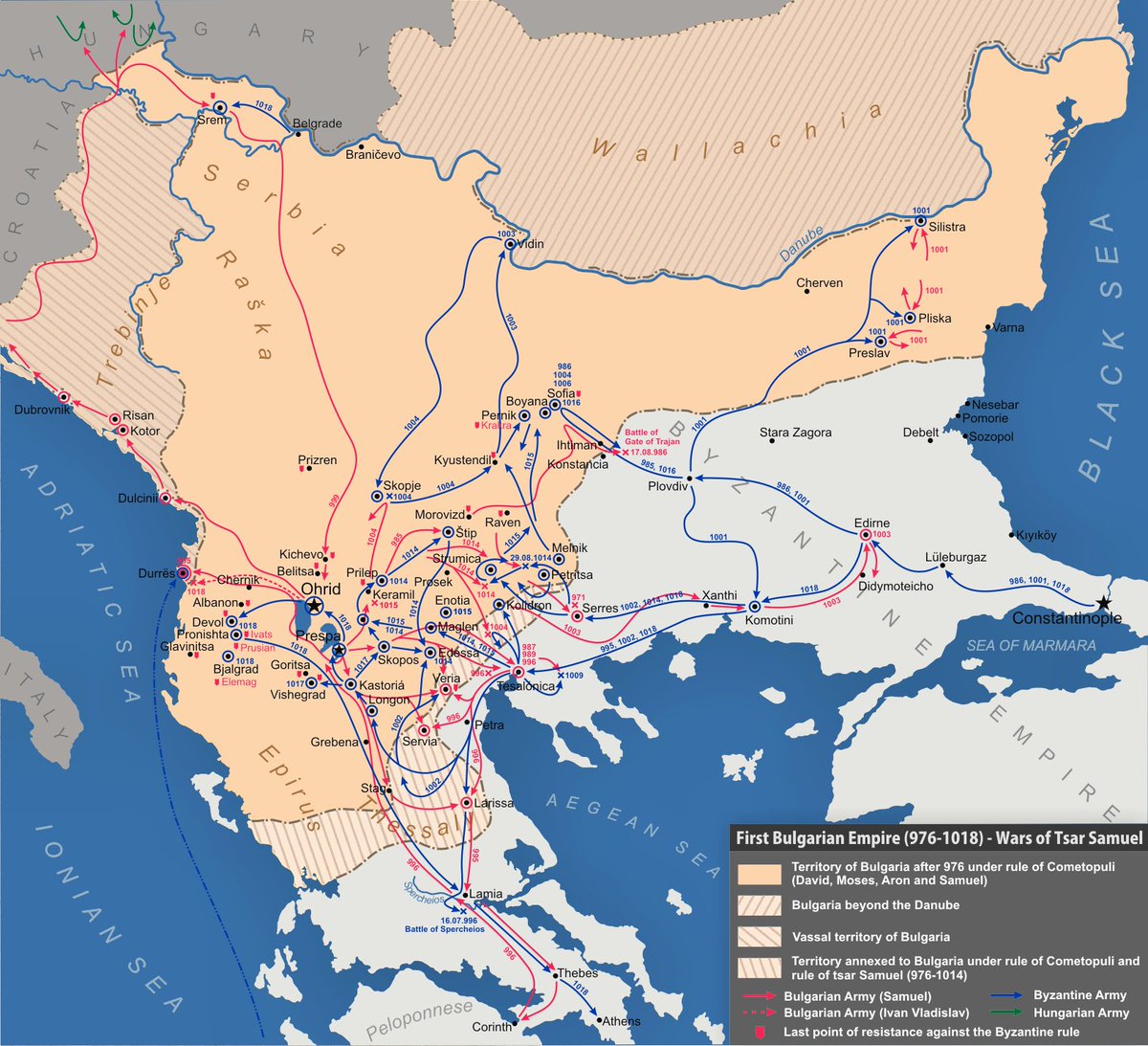
Sviatoslav the Brave was cast in the mold of the old warlords; pagan, ruthless, austere, and ambitious. On campaign he roasted meat on the coals of campfires and slept under the stars against his saddle. His reign will transform the Rus and their neighbors in an orgy of violence. 
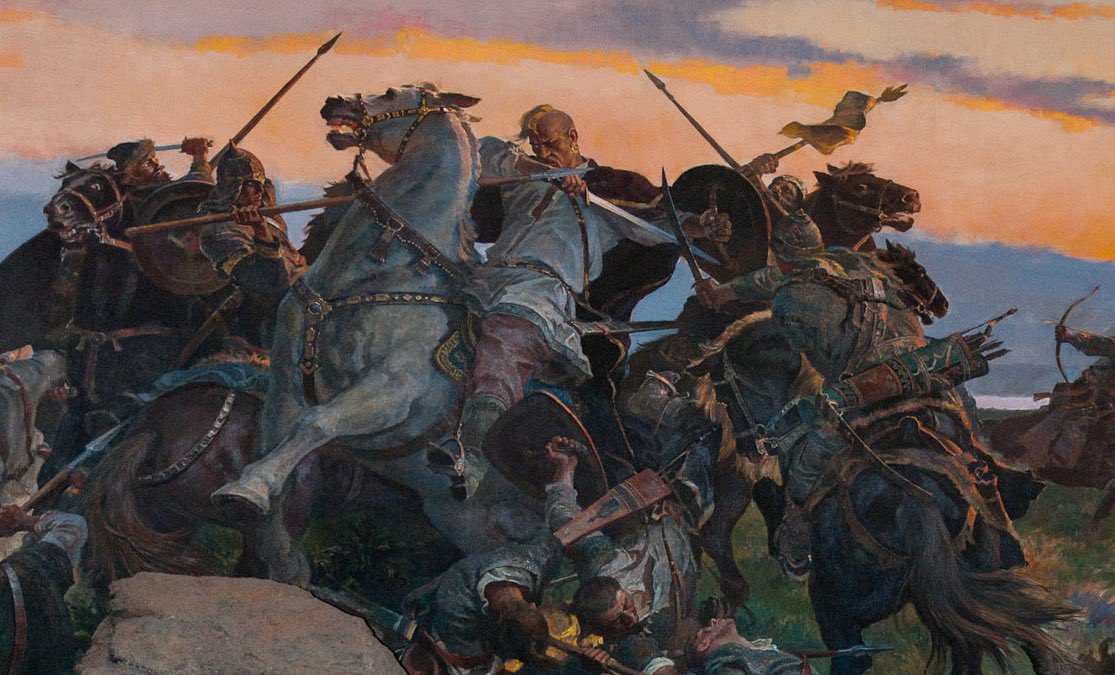
Soon after his coronation in 964 Sviatoslav made ready for war. Unwilling to accept Khazar domination of the the Volga River and possibly supported by Byzantine gold, Sviatoslav began a push East. 
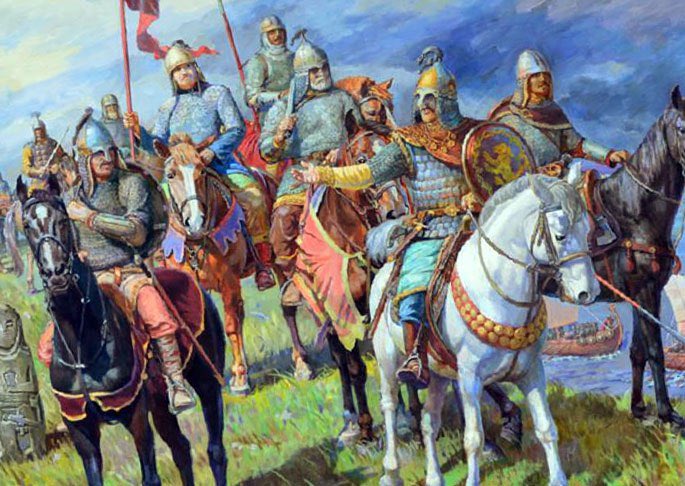
Many Slavic tribes east of Kiev paid tribute to the Khazars instead of the Kievan Rus. Sviatoslav convinced many to join him and pay tribute to him instead. Some tribes, like the Vyatichs, resisted. Sviatoslav sent them a simple message, “I want to come at you!” 

The Vyatichs were crushed and forced to pay tribute to Sviatoslav. Sviatoslav then moved north into the lands of the Mordvins and Volga Bulgars. Sviatoslav defeated both with the help of Oghuz and Pecheneg mercenaries, capable steppe riders who countered Bulgar & Khazar cavalry. 

After defeating the Volga Bulgars, Sviatoslav moved downriver to Sarkel, the wealthy trade town on the Don River. Sviatoslav destroyed the city in 965. Sarkel was renamed Belaya Vezha (White Fortress/Tower) and resettled with Slavic people. 

Sviatoslav then moved on Atil. Atil was the capital of the Khazars and a city of impressive wealth thanks to the lucrative Volga and steppe trade routes that passed through it. Sviatoslav leveled Atil, massacring the inhabitants of the great city. 

So complete was the destruction of Atil that a visitor remarked, “no grape or raisin remained, not a leaf on a branch.” Sviatoslav continued his campaign into the Khazar heartland North of the Caucasus but did not impose his rule, allowing Khazar statelets to survive.
Sviatoslav’s march down the Volga shattered Khazar power permanently. It also lead to Rus domination and settlement of the area. Control of the lucrative trade that passed through the Volga River Valley provided the Rus with great wealth. 

After Sviatoslav’s campaign in the Volga he was approached by Kalokyros, a representative of the Byzantine Emperor, Nikephoros Phokas. Nikephoros proposed that Sviatoslav invade Bulgaria in order to assist the Byzantines in their war with Boris II.
Nikephoros offered Sviatoslav 1,500 pounds of gold for his assistance, but demanded all Bulgarian territory Sviatoslav seized would be turned over to the Byzantines. Sviatoslav agreed and set out with an army of 60,000 men, according to Byzantine sources. 

In the spring of 968 Sviatoslav met a Bulgarian army of 30,000 at the fortress of Silistra. The battle continued until nightfall, the Bulgarians having the upper hand. Eventually, buoyed by Sviatoslav’s personal heroics and their greater numbers, the Rus turned the tide and won. 

Sviatoslav then swept across Northern Bulgaria, looting or destroying 80 towns, gutting the Bulgarian heartland. Sviatoslav wintered at Pereyaslavets, only leaving when the Pechenegs attacked Olga and his children in Kiev. 

Coveting the rich lands of the Balkans, Sviatoslav let regents rule on the behalf of his three sons in the Rus heartland and returned to Bulgaria in the summer of 969 at the head of a large army. Sviatoslav quickly recaptured Pereyaslavets, capturing Tsar Boris II.
Boris ruled Bulgaria as Sviatoslav’s vassal. Rus soldiers garrisoned the fortress of Dorostolon and the Bulgarian capital of Preslav. Sviatoslav ruled lightly and forbade his men from looting towns that surrendered peacefully. Many Bulgarians joined Sviatoslav’s army. 

Nikephoros’s scheme had failed disasterously. Instead of weakening Bulgaria, Nikephoros had created a monster. Sviatoslav’s empire posed a much larger threat than that of Boris and Sviatoslav refused to turn over they Bulgarian territory the agreement demanded. 

Not satisfied with Bulgaria, Sviatoslav eyed Byzantium greedily. After Nikephoros’s assasination, Emperor John Tzimiskes attempted to negotiate with Sviatoslav. Sviatoslav demanded an obscene amount of gold and the Byzantine evacuation of Europe for peace. 

Tzimiskes, busy with rebellions in Anatolia, entrusted the war to his brother-in-law, Bardas Skleros, the same Bardas who rebelled against Basil II. In early 970, Sviatoslav marched south at the head of a massive army and razed Phillippopolis.(Plovdiv) 

Leo the Deacon claims Sviatoslav impaled 20,000 people after taking the city. This is probably an exaggeration, but a testament to the brutality of the campaign. Bardas, outnumbered by the Rus, met them near Arcadiopolis. 

Feigning retreat, Bardas’ army drew out the Pechenegs from the Rus army, slaughtering them. The Rus army panicked, and Bardas killed many of them as they fled. Sviatoslav licked his wounds north of the Balkan Mountains, giving Tzimiskes time to plan a counterattack. 

On Easter week, 971, Tzimiskes moved his army of 40,000 through the mountain passes of Bulgaria. The Rus offered no resistance until Tzimiskes reached Preslav, where Tzimiskes defeated a Rus army before the walls of the city. 
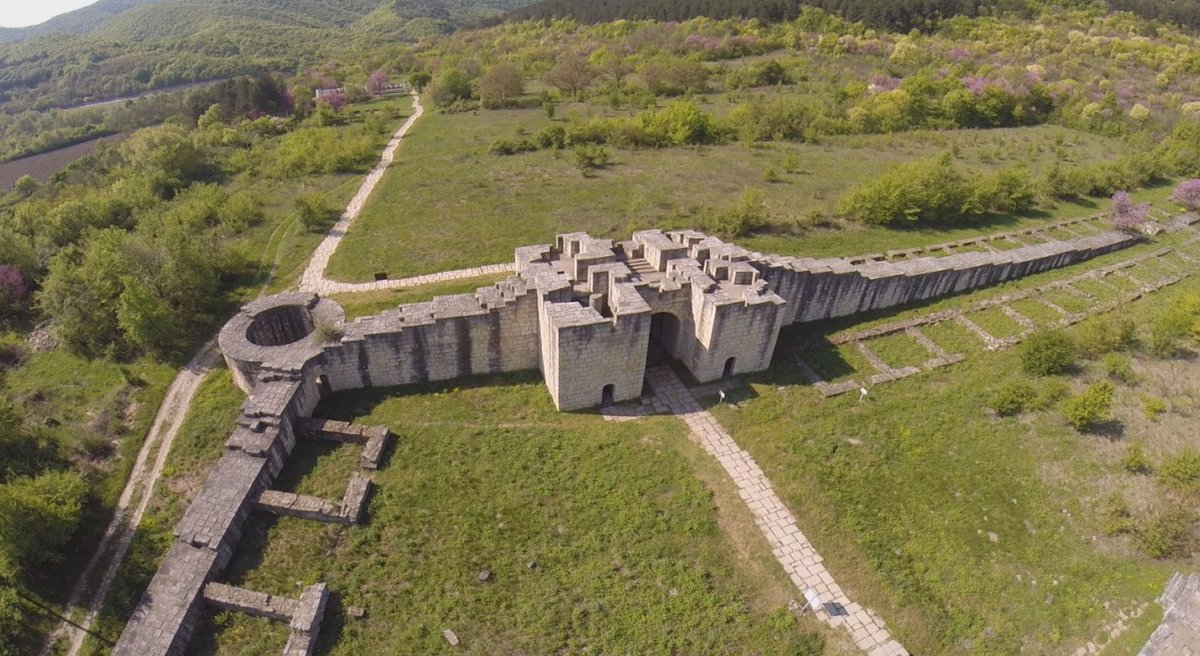
The city, under the command of the Rus general Sphangel, put up stiff resistance but the city fell on April 13th, 971. Tsar Boris and his family were captured with the imperial regalia and transferred to Constantinople; a massive propaganda and psychological win for Tzimiskes. 

Sviatoslav withdrew to Dorostolon, executed 300 Bulgarian nobles on the road. It is possible Sviatoslav feared betrayal or rebellion of his erstwhile allies. Tzimiskes shadowed Sviatoslav, accepting the peaceful submission of Bulgarian towns and forts on the road to Dorostolon. 

Sviatoslav’s bloodied army will make a final attempt to realize his imperial dreams on the fields before Dorostolon. Sviatoslav and Tzimiskes’s epic struggle at Dorostolon will be the subject of our next thread. 

• • •
Missing some Tweet in this thread? You can try to
force a refresh











